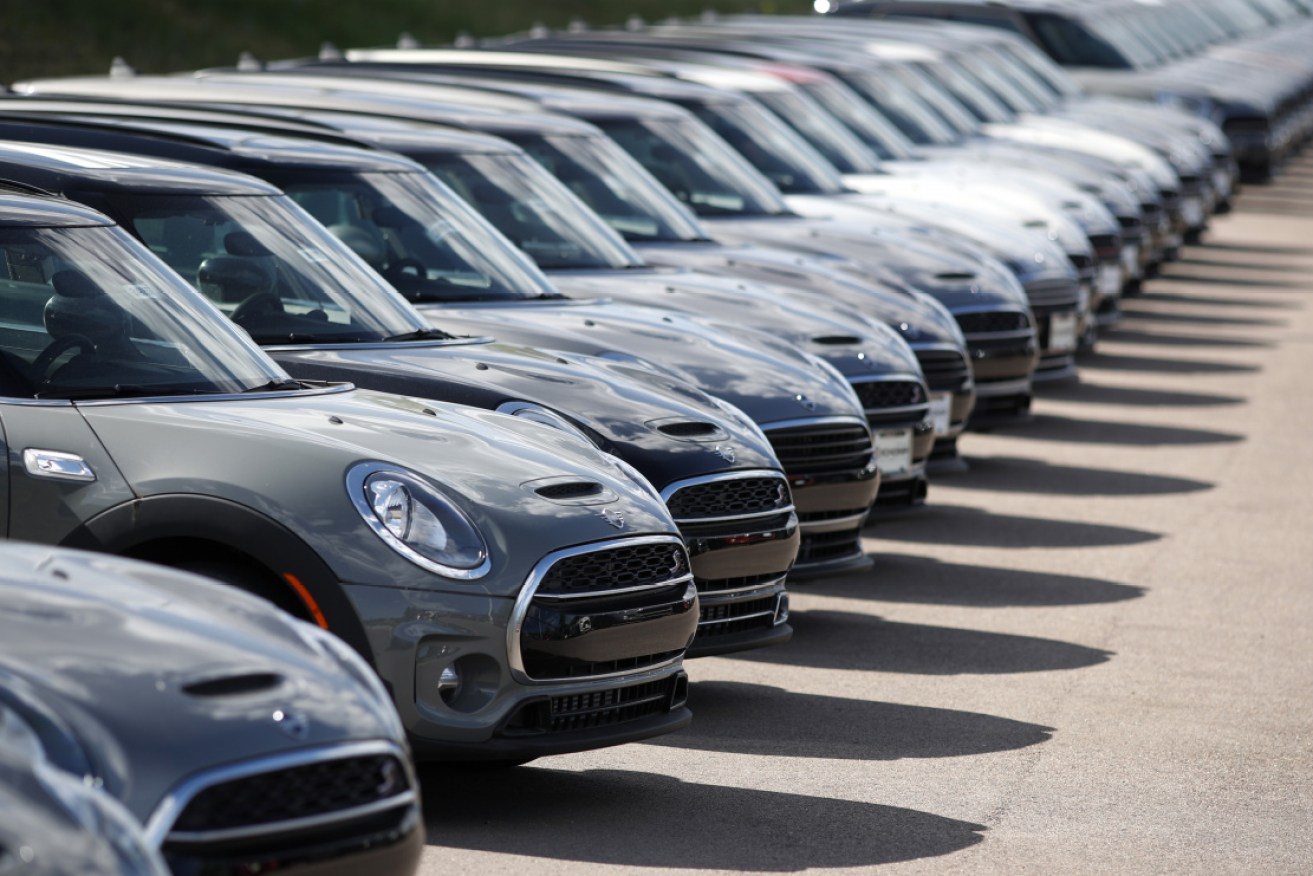The figures that could show the tax cuts aren’t working


Sales of passenger vehicles fell 16.7 per cent compared with last year. Photo: AAP
If government was pinning its hopes on a sugar-hit from tax rebates and interest rate cuts, they’ll probably want to avoid reading the latest vehicle sales figures.
Because if car sales are a bellwether of consumer sentiment, people clearly don’t share the same confidence as the government about the state of the economy.
Continuing a trend of falling sales since July last year, the Federal Chamber of Automotive Industries (FCAI) confirmed that 85,633 new vehicles were sold in August – a drop of 10.1 per cent compared with August 2018.
That’s 357.8 fewer cars sold per day in August 2019 than in August 2018.
And the annual figures were even worse. In the 12 months to August, new vehicle sales totalled 723,283 units, down 8.1 per cent on a year ago when there were 786,294 units sold (in the 12 months to August 2018).
That’s the biggest annual decline since November 2009 when Australia was still caught in the slipstream of the global financial crisis, and the 17th straight month of falling sales in what FCAI boss Tony Weber called “a very tough market”.
The vehicle sales figures were not great news for a government which, on Wednesday, was trying to downplay June quarter GDP figures that saw the Australian economy posting its slowest annual growth since 2009.
GDP grew by 0.5 per cent over the June quarter, and just 1.4 per cent for the year – the equal-worst annual growth figure that was recorded in the September quarter of 2009, and well shy of the government’s 2.25 per cent target.
Tweet from @CommSec
The sales figures would have also come as a blow to a government pinning much hope on reviving the economy through its tax cuts package and the Reserve Bank’s cuts to interest rates.
Speaking to the media about the dismal GDP result, Treasurer Josh Frydenberg noted the figures did not reflect the full impact of the government’s tax cuts on the economy.
“Those tax cuts were not reflected in these numbers. That is really important to understand,” Mr Frydenberg said.
“The policies that we are putting in place, that’s the tax cuts, that’s the infrastructure spending, that’s the apprenticeships, they’re all designed to boost economic activity.”
Apparently, though, all those policies do not appear to have flowed through to sales of new vehicles – considered a leading indicator of consumer spending.
And no sector of the car market was spared. Passenger vehicles were down 16.7 per cent, SUVs down 5.4 per cent and light commercial sales were lower by 8.6 per cent when compared with August 2018.
In a briefing note, CommSec, the broking arm of the Commonwealth Bank, said there was some light at the end of the tunnel.
“Sales are still easing, but with home prices now lifting in Sydney and Melbourne, boosting wealth and borrowing capacity, sales of new vehicles may soon bottom,” CommSec chief economist Craig James said.








